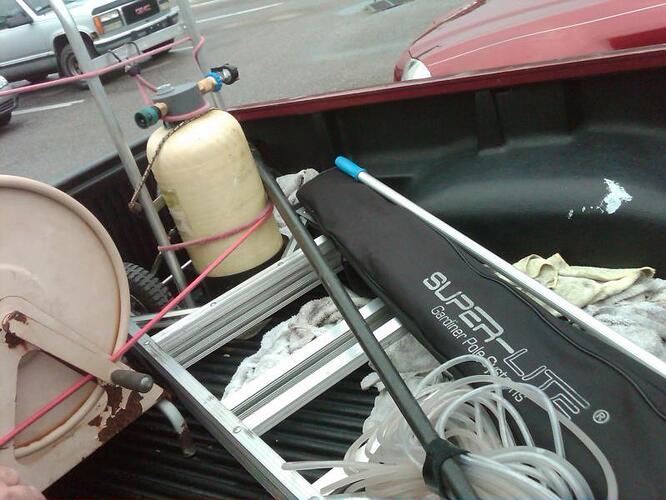I was just looking into the type of glass found on the iPhone 4 and it appears to be called Gorilla Glass and made by Corning. It is extremely durable/scratch resistant and I was curious how they made it.
Clearly, glass manufactures know how to make high quality glass, too bad they don’t make it for windows or prescription glasses.
The following are some excerpts from Corning on Gorilla Glass.
[B]WHAT MAKES GORILLA GLASS SO DAMAGE RESISTANT?
The unique composition of Gorilla Glass allows for a deep layer of high compressive stress (created through an ion-exchange process). This compression acts as a sort of “armor,” making the glass exceptionally tough and damage resistant.
CAN YOU EXPLAIN THE ION-EXCHANGE PROCESS?
Ion exchange is a chemical strengthening process where large ions are “stuffed” into the glass surface, creating a state of compression. Gorilla Glass is specially designed to maximize this behavior.
The glass is placed in a hot bath of molten salt at a temperature of approximately 400°C. Smaller sodium ions leave the glass, and larger potassium ions from the salt bath replace them. These larger ions take up more room and are pressed together when the glass cools, producing a layerof compressive stress on the surface of the glass. Gorilla Glass’s special composition enables the potassium ions to diffuse far into the surface, creating high compressive stress deep into the glass. This layer of compression creates a surface that is more resistant to damage from everyday use.
CAN I BREAK GORILLA GLASS?
If subjected to enough abuse, Gorilla Glass can break. However, Gorilla Glass is better able to survive the real-world events that most commonly cause glass to scratch, chip, or break.*
WHAT ARE THE ADVANTAGES OF CORNING’S FUSION DRAW PROCESS?
Corning’s proprietary fusion process creates an unparalleled surface quality. This extraordinarily precise, highly automated process produces glass with exceptionally clean, smooth, flat surfaces; outstanding optical clarity;*and inherent dimensional stability. With the right process design, the glass can be used “as drawn,” eliminating grinding and polishing processes that add cost and may introduce surface flaws. This same fusion draw process is at the heart of Corning’s industry-leading LCD glass.[/B]



